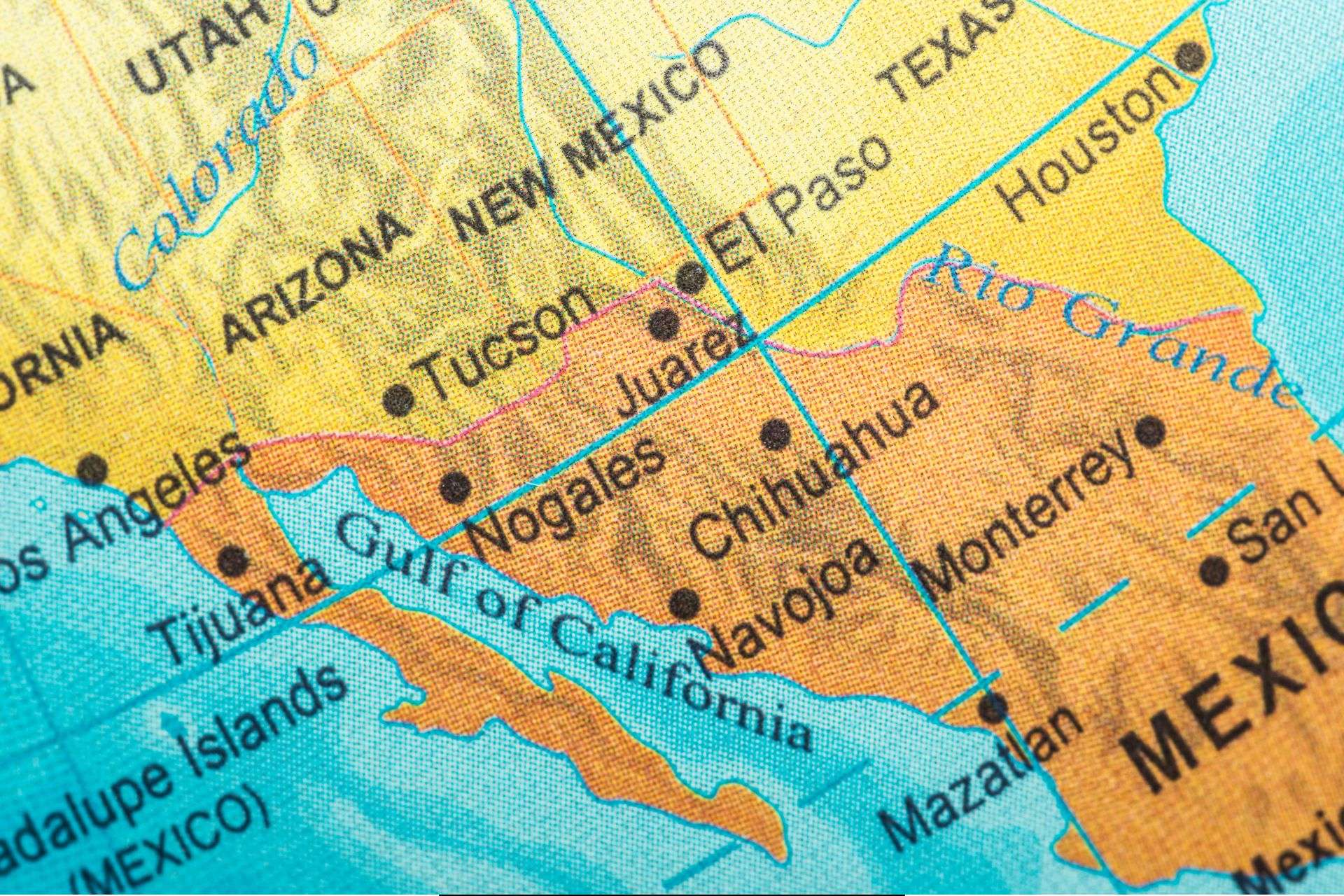President Biden’s executive order temporarily stopping the processing of some asylum claims, along with new policies from the Department of Homeland Security (DHS) and Department of Justice (DOJ), has cut the number of border crossings at the Southwest border by more than half. Border Patrol reports that the 7-day average is now below. In June, Border Patrol recorded over 83,500 encounters, the lowest since January 2021 due to the pandemic, and fewer than in June 2019.
While these measures address illegal crossings, the President emphasizes that real immigration reform requires more. President Biden urges Congress to provide resources and long-term authority beyond his temporary orders. Proposed funding aims to add 1,500 Customs and Border Protection (CBP) agents, 1,200 Immigration and Customs Enforcement (ICE) personnel, 4,300 asylum officers, and invest in technology. All of these resources are still needed.
Key impacts of Biden’s policies include:
Over 50,000 individuals returned to over 100 countries since the policies began including 175 international repatriation flights.
The percentage of noncitizens returned or removed from CBP custody has doubled.
Expedited removal percentages have also doubled.
A 70% drop in people released while waiting for removal proceedings.
ICE is now optimizing weekly repatriation flights.
Countries from which individuals have been removed include Colombia, Ecuador, Peru, Senegal, China, and India, with more flights planned.
The suspension of asylum processing will end once encounters drop to the required threshold. If numbers rise again, the suspension will return. Those using the CBP One app can still schedule asylum appointments, with 1,450 slots available daily at eight border crossings. The app helps streamline the screening process by collecting necessary information upfront.
In recent fiscal years, most people crossing the southwest border have been returned or expelled. Since the pandemic-era policy Title 42 ended, DHS has removed or returned over 740,000 individuals, the highest number since 2010.
If you have questions about an asylum claim or any other U.S. immigration-related issue, contact us. Our team works directly with our clients every step of the way throughout their immigration journeys.

